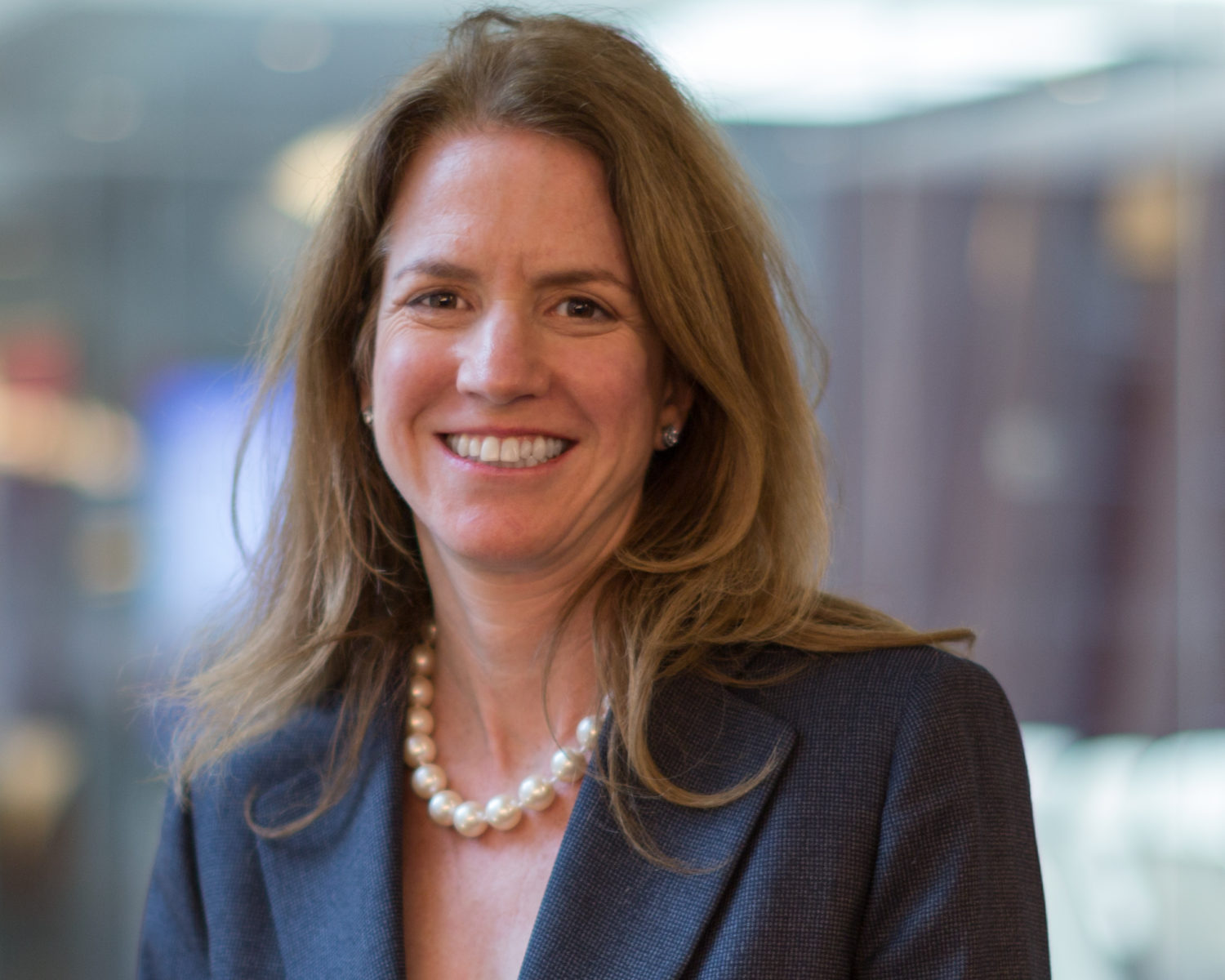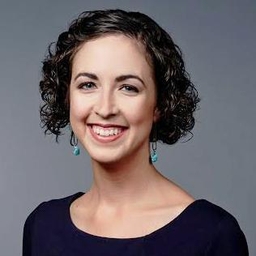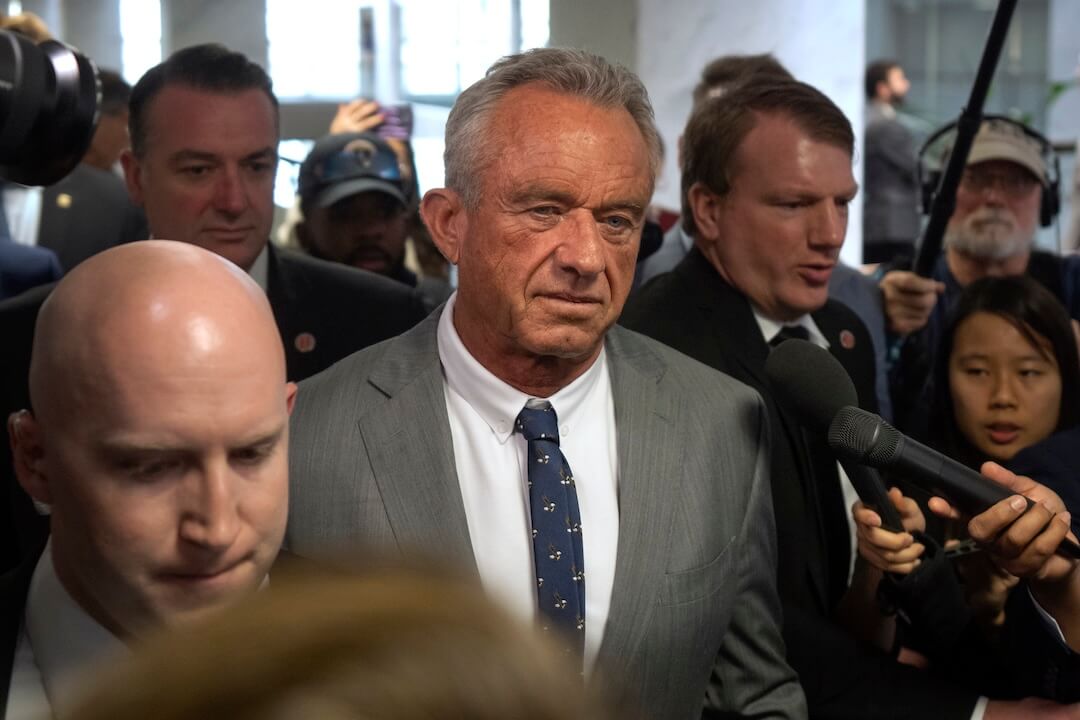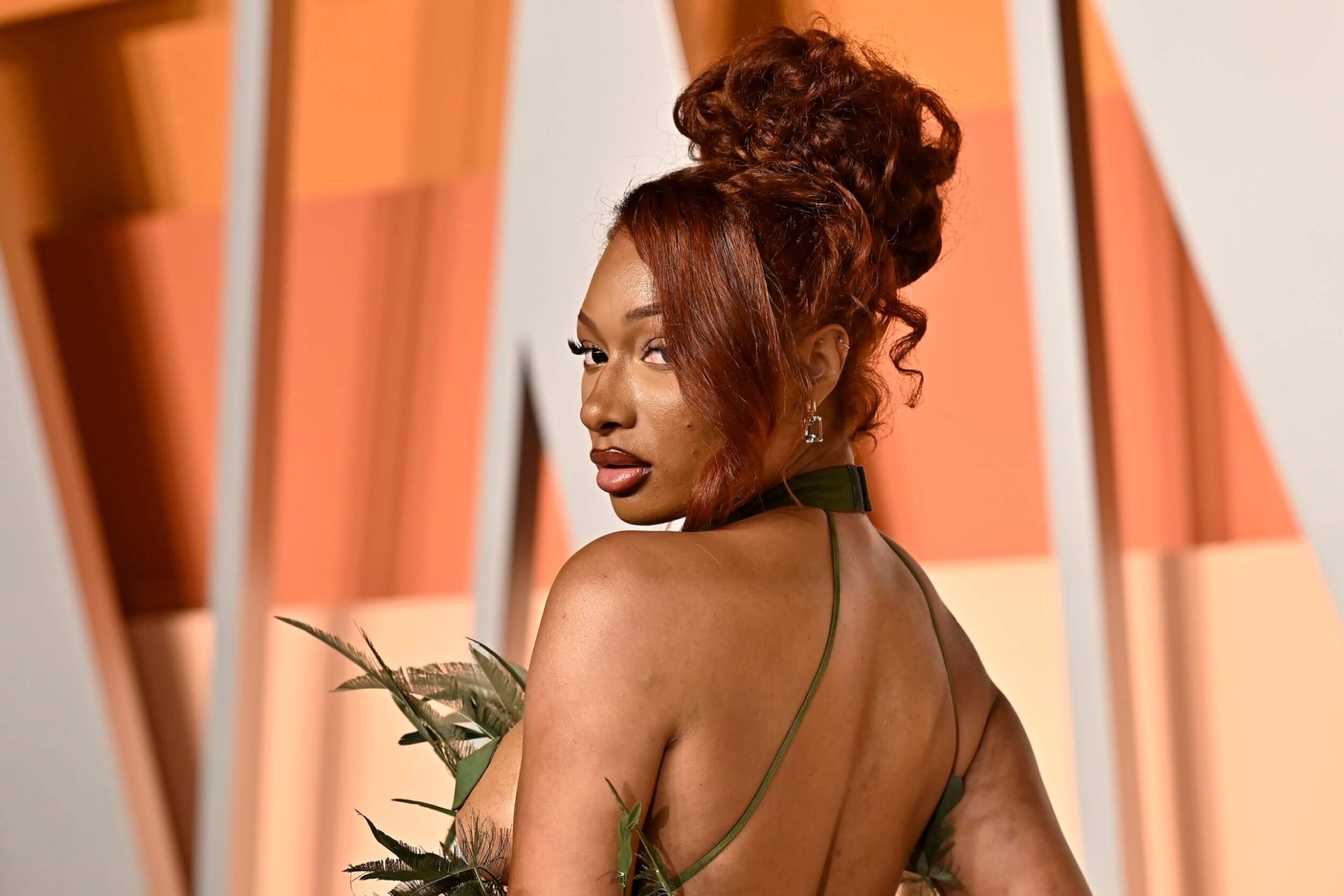On one of the final days of 2018, Bloomberg News reporter Ben Bartenstein posted a 12-tweet thread that went viral.
“Half of the sources I quoted this year for @business were women,” he wrote. “That’s 337 in total, or about one a day. Unfortunately, it’s an anomaly in journalism & something I’ve failed at miserably in the past.”
Bartenstein shared that a meager 13 percent of the sources he quoted in 2017 were women. “I was appalled,” he tweeted. “Here I was thinking & talking about diversity on a daily basis, yet my own work didn’t hold up to snuff.”
His tweet thread, which details how he found new sources and the importance of gender representation in news, received more than 3,500 retweets and nearly 13,000 likes. The majority of responses were enthusiastically positive, though there were detractors. Some people questioned the need to track gender; others were frustrated that Bartenstein, a man, was getting credit for work that women have done for years.
Internationally, only 24 percent of news subjects — people who are interviewed or whom the news is about — are women, according to a 2015 study by the Global Media Monitoring Project. That’s a small improvement from when GMMP began tracking gender representation in news in 1995.
“Women’s points of view are rarely heard in the topics that dominate the news agenda,” GMMP reported. “While the study has found a few excellent examples of exemplary gender-balanced and gender-sensitive journalism, it demonstrates an overall glaring deficit in the news media globally, with half of the world’s population barely present.”
Bartenstein isn’t the only person at Bloomberg paying attention to gender diversity in the news. In fact, there’s a company-wide mandate to increase the number of women and other diverse sources quoted in stories, featured on Bloomberg TV and radio, and included in the company’s event panels. Laura Zelenko, a senior executive editor at Bloomberg, says Bartenstein’s source tracking is an example of a “micro win,” but stressed that the company is doing even more on a wider scale to increase women’s voices in the news.
“I’m happy to see individual reporters getting excited about their own [gender diversity] numbers and seeing progress, but I want to us focus on the macro, because that’s where we’ll begin to see change,” Zelenko said.
Zelenko, who oversees newsroom talent, diversity, training and standards at Bloomberg, explained that the company’s approach to boost diverse sourcing is multifaceted, and has led to positive results. Last year, the company added a CMS feature that allowed reporters to track the diversity of sources in stories. Tagged stories have increased approximately 10 percent from week to week since launch. The company also boosted its global database of women experts from 500 names at the start of 2018 to more than 2,300.
Getting more women on air required a different approach. “One of the things we kept hearing is that either women don’t exist in the positions we’re looking for, or firms aren’t pushing forward women, or women didn’t feel comfortable going on TV. It turns out they didn’t have the training or the support,” Zelenko said. To help solve that problem, Bloomberg created its New Voices initiative, a program that provides media training for high-level women and other diverse executives from top financial firms. Since the program’s launch in March 2018, the number of women interviewed on Bloomberg TV increased from 10 to 15 percent. The number of female Bloomberg journalists interviewed on air increased from 28 to 34 percent.
The company also established a policy that Bloomberg journalists can only appear on panels that have gender diversity, and reports that the number of women panelists at Bloomberg LIVE events has almost doubled in the past year.
Gender representation is an issue that’s plagued journalists for years, especially reporters covering fields that are typically dominated by men. In 2016, Adrienne LaFrance, editor of TheAtlantic.com, published a piece in which she analyzed her reporting for gender bias. LaFrance found that women made up only 22 percent of the individuals she named or quoted in her work.
“These numbers are distressing, particularly because my beats cover areas where women are already outnumbered by men,” LaFrance wrote. “Which means that, by failing to quote or mention very many women, I’m one of the forces actively contributing to a world in which women’s skills and accomplishments are undermined or ignored, and women are excluded.”
Bartenstein argues that finding new sources is part of a journalist’s job, and well worth the effort. “Diverse sourcing is about far more than numbers,” he tweeted. “It gives you a competitive advantage over your competition & leads to more interesting and higher impact stories.”
Zelenko encourages other newsrooms to pilot their own approaches for increasing women’s voices in the news. She said analyzing data — just like LaFrance did — is the place to start. “It’s really important to look at the data, first and foremost,” she said. “You have to understand what you’re trying to change, and where you are.”
Once a starting point is identified, the next step is determining a way to track stories and hold people accountable for diversifying sources. “It’s not a punitive thing,” Zelenko added. “It’s a way to celebrate progress.”
Bloomberg’s 2019 goals include improving gender representation and diversity in the newsroom, in addition to continuing to increase source diversity. “It’s important who’s writing and editing the stories,” Zelenko explained.
“It’s great that we’ve made progress, but we need to keep pushing. We should be doing better, and know that there’s a lot more work to do.”
Katie Hawkins-Gaar is a freelance writer and journalism consultant who runs Poynter’s Leadership Academy for Women in Digital Media and is one half of the duo behind 40 Better Hours, a project to improve the workweek.








